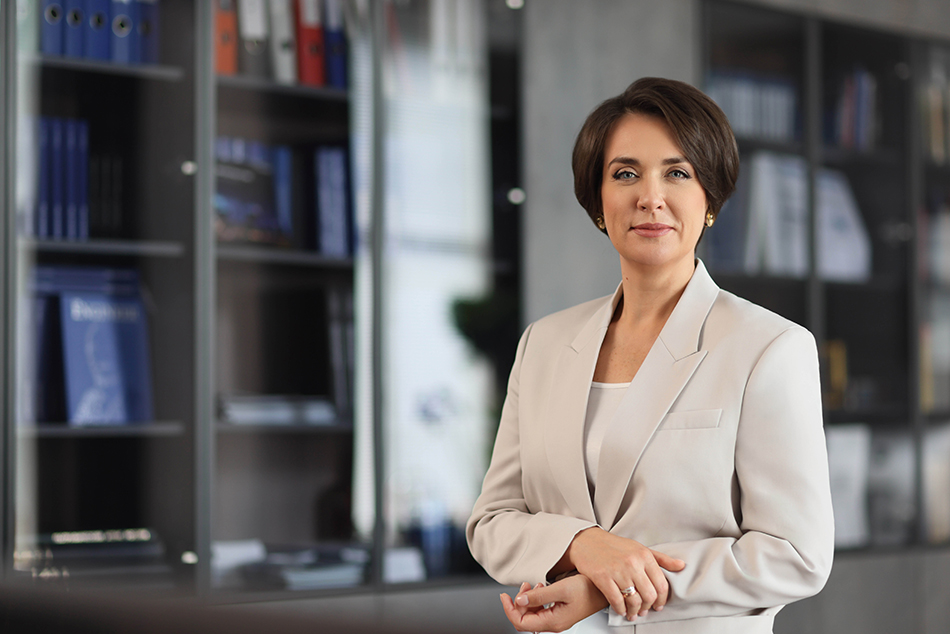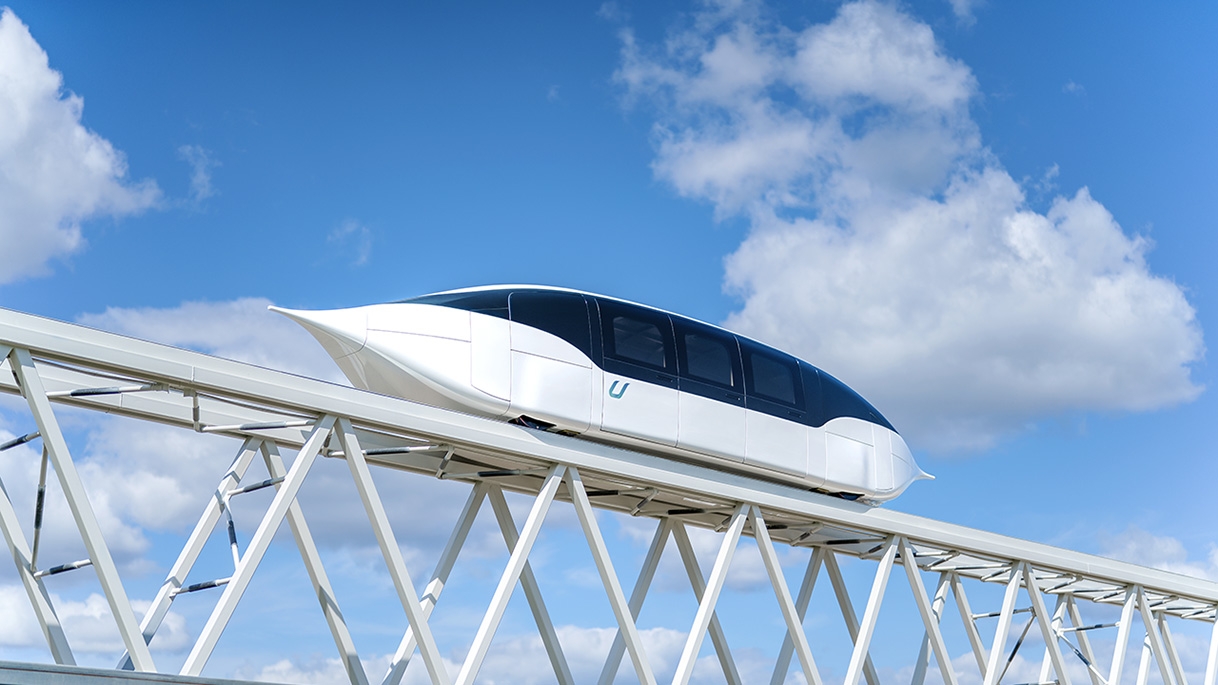UST Inc. General Director’s Opinion on the Prospects of Unmanned Transport Was Featured in Forbes

Nadezhda Kosareva has shared her expert insights in the esteemed financial and economic publication, Forbes. In an analytical article, the General Director of UST Inc. outlined the prospects for the development of unmanned public transportation.
The piece discusses challenges faced by leading global companies working on unmanned vehicles. These include difficulties related to adapting to real-world road conditions, the need to upgrade infrastructure, and the high costs associated with cloud-based data storage. Nadezhda Kosareva provides her perspective on these issues and suggests an alternative solution: aboveground transport systems. She highlights that string rail overpass complexes reduce the risk of accidents, require fewer sensors and costly algorithms, and integrate more seamlessly into urban environments.
For more insights into the future of unmanned public transportation, read the full article in Forbes.
More news

Blog
6 May 2022
The Future String Transport Station in a Graduation Project of the University of Sharjah
The graduation project was presented at Fine Arts and Design College of the University of Sharjah. Mohamed Amiroudhin, a student of the College, chose the topic of the future string transport station for his graduation project.
Blog
18 October 2022
Efficiency and Reliability: What Should You Know About the Electrical Equipment of uST Transport?
One of the key components in uST transport is the electrical equipment. If to draw an analogy with the human body, it is a kind of "circulatory system" in uPod, which supplies power to the entire vehicle.

Blog
13 November 2023
Connecting distant regions: an alternative to aviation by UST Inc.
UST Inc. has developed a disruptive technology – а high-speed transport that can compete with medium-haul aviation.

